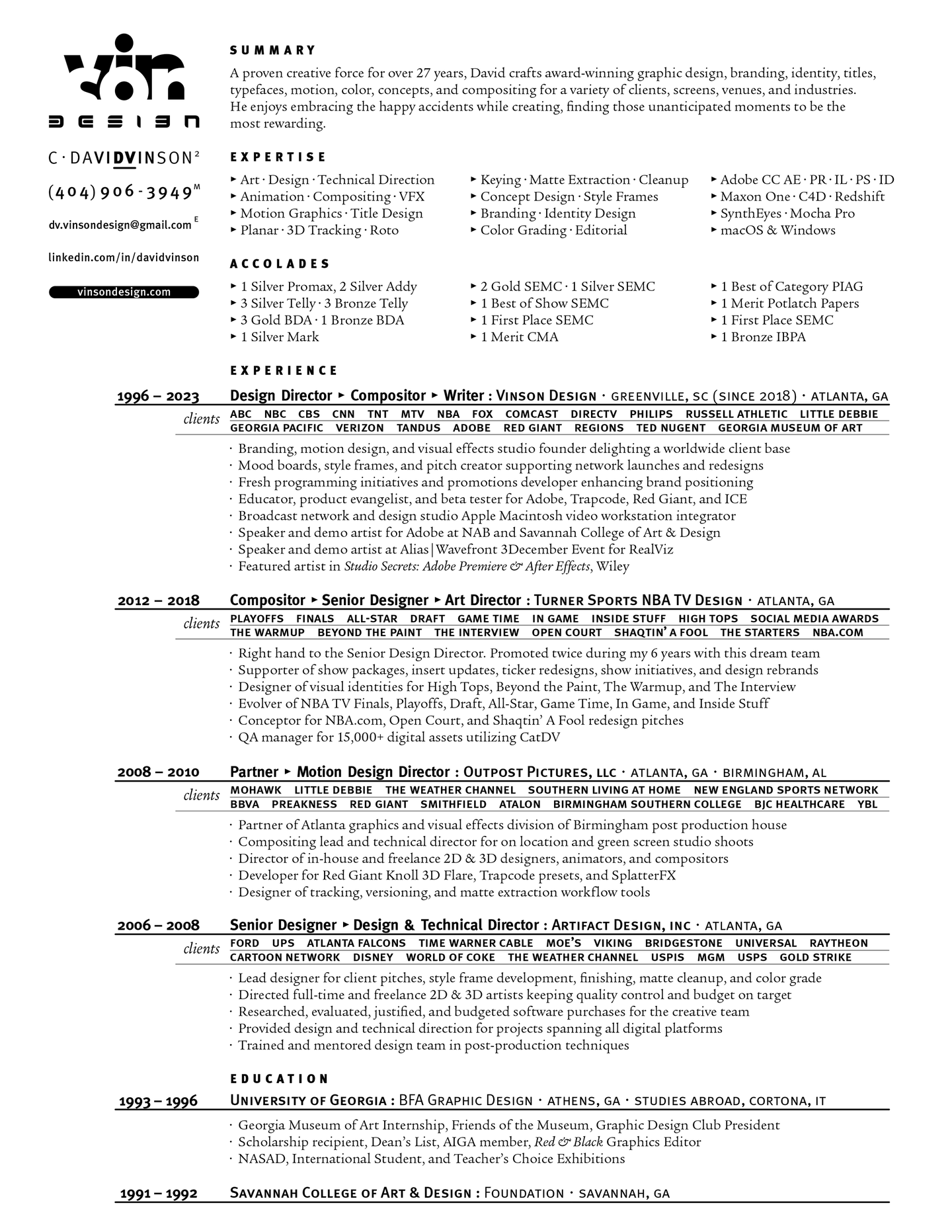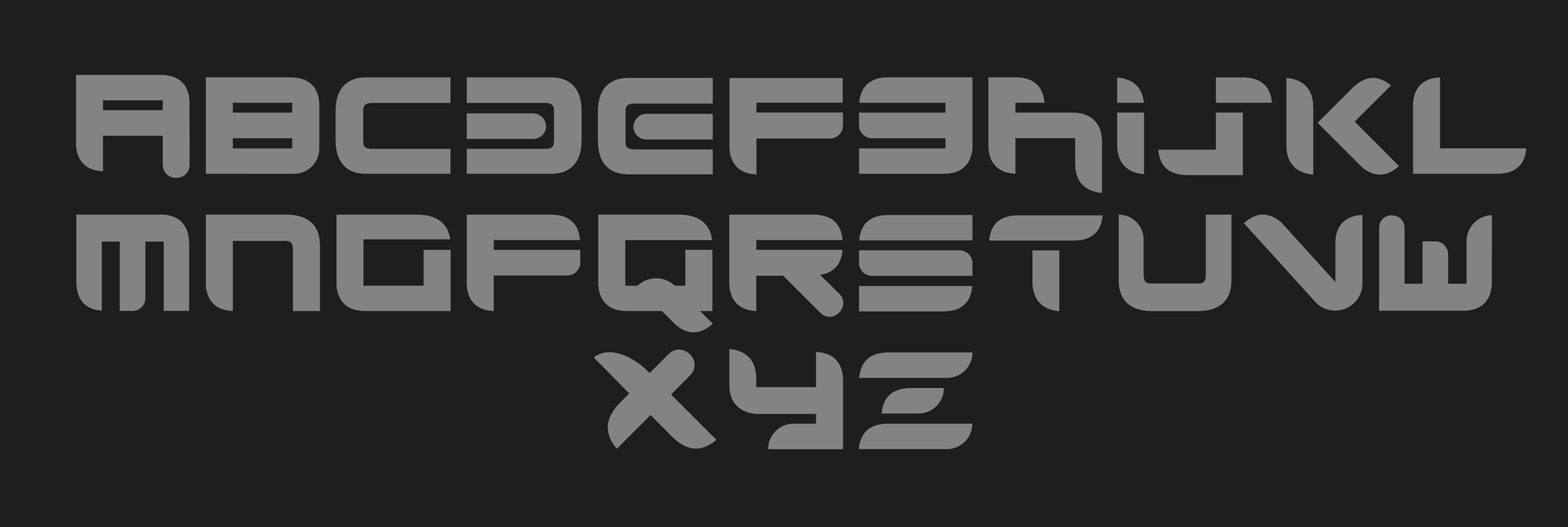It appears current design schools have forgotten to preach their roots and are more concerned about teaching software when it’s really the hardware, our eyes and brains, that need upgrading. Science has documented that young children have an innate gift for creating a flawless composition. I’ve spent a lifetime of daily observation learning to “see” as clearly as I did when I was a child.
Two logos exhibit these design sins, and both were released in 2021. I’ve waitied a couple of years to not only see what the public thinks, but I really wanted to see if I would change my mind and eventually be swayed by their design eccentricities disguised cleverly as design-speak jargon. I’m still not convinced that these design upgrades were introduced with a perfection of design prose as to seemingly make excuses disguised as the very reasons they decided to use poor judgement. I guess they didn’t think other graphic designers would notice. It appears that these two logos are apparently offensive, and illegible, to the masses, not just design masters, of which I am not.
I am schooled in design dating back many decades, but I am so thankful that I was taught the principles of design before we ever even opened Photoshop or Illustrator which back in those times there were no layers in Photoshop and I think Illustrator was version 5. Am I a dinosaur? To some, but wisdom comes, if we’re lucky, not only through study, but also by making plenty of the same mistakes myself time and again until my eyes can finally “see” allowing me to create a solution that produces what all graphic design aspires to: to communicate above all else.
Illegibility has become a trend. Why? These designers haven’t made enough mistakes and learned to really “see” the correct solution when it naturally presents itself. Also so many logo “refreshes” are boiled down to two easy ways to make a buck: 1) change the logo back to the version from 40 years ago, changing nothing but the color by a suble hue shift, and 2) tweak one or two curves in Illustrator and show how masterfully the logo has been “released” from its own internal design flaw. Yes, they play the hero, but that’s really not the point. So much corporate level design jargon gets thrown around distilling the language down so much that it sounds like a bad “Mad Libs.”
Why am I discussing this here? What agenda am I conspiring? None, really. I just hope all of us try to remember our roots the next time we’re attempting to “refresh” another brand. Design foundation study will always be the most crucial part of the process. Wielding flowery, over-hyped design language doesn’t give an agency the right to attempt a rebrand to begin with. The entire point of brand design lies in the clear art of communication. If the very language breaks down there is no point in the design itself. It falls flat like so many other sanitized brands dumbed down to the tune of another focus group. Instead of “why not?” we need to ask ourselves who, what, when, where, why, and most importantly, how. Cicero would most wholeheartedly agree.






































